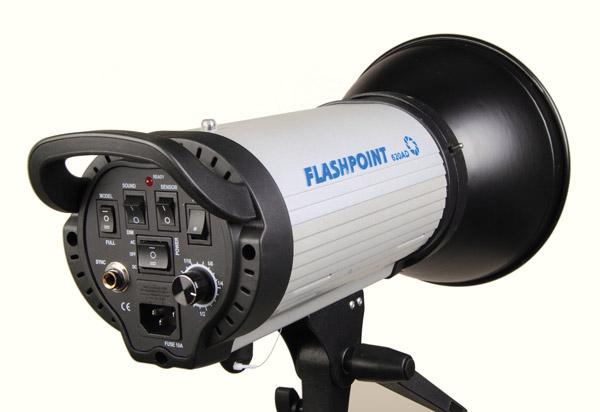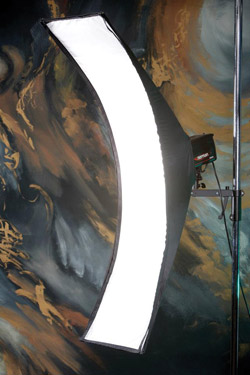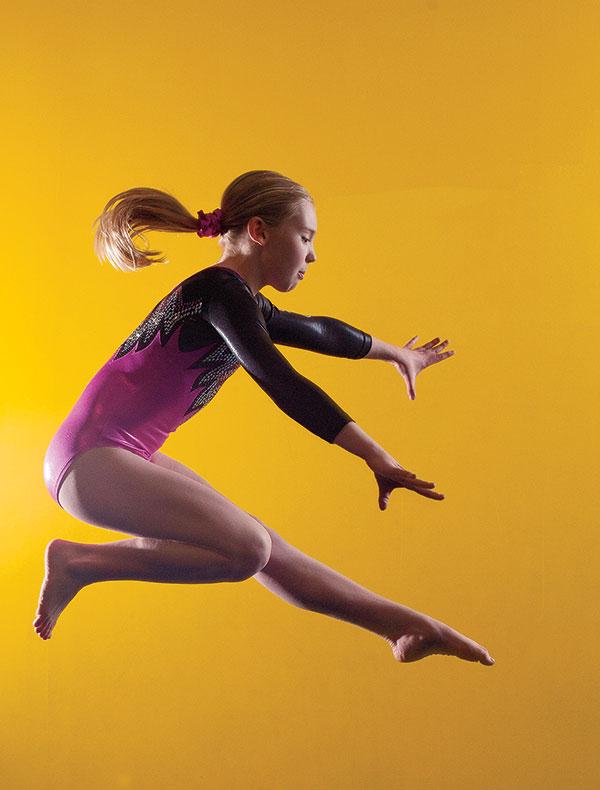Lighting Reviews
Sort By: Post DateTitle Publish Date
|
May 14, 2012 |
First Published: Apr 01, 2012 |
|
Oct 03, 2017 |
|
Feb 04, 2014 |
First Published: Dec 01, 2013 |
|
Oct 19, 2014 |
|
Jan 23, 2013 |
First Published: Dec 01, 2012 |
|
Apr 03, 2015 |
|
Oct 25, 2011 |
First Published: Sep 01, 2011 |
|
Dec 01, 2008 |
|
Aug 24, 2012 |
First Published: Jul 01, 2012 |
|
Jan 01, 2010 |
|
Jan 14, 2013 |
First Published: Dec 01, 2012 |
|
Oct 06, 2015 |
|
Oct 24, 2014 |











 We all know what softboxes look like. They’re big, small, square, rectangular, sometimes round or shaped like octagons—we’ve seen them all. But there is nothing quite like the 16x60 Light Bender from Larson. It is long (48”), narrow (12”), and looks like a strip light that someone grabbed by the ends and yanked toward the middle. In this test I’ll take a look at just what this oddly-shaped light can do and why a photographer may consider adding it to his or her arsenal of light modifiers.
We all know what softboxes look like. They’re big, small, square, rectangular, sometimes round or shaped like octagons—we’ve seen them all. But there is nothing quite like the 16x60 Light Bender from Larson. It is long (48”), narrow (12”), and looks like a strip light that someone grabbed by the ends and yanked toward the middle. In this test I’ll take a look at just what this oddly-shaped light can do and why a photographer may consider adding it to his or her arsenal of light modifiers.



